Italian designer Enrico Marone Cinzano fuses natural perfection with industrial imperfection
Enrico Marone Cinzano's first solo show at New York’s Friedman Benda gallery debuts collectible furniture designs that marry organic materials with upcycled industrial components

People often talk about having second or even third winds these days; career shifts that respond to the ever-changing demands of an increasingly volatile economy and job market. Turin-born entrepreneur, financier, and artist Enrico Marone Cinzano has had many and is the wiser for it. From time spent in advertising, banking, and real estate, he went on to help establish pioneering eco-friendly fashion label Project Alabama and, more recently, the slow but assured cultivation of an art furniture practice rooted in his undying commitment to sustainability, but more importantly his understanding of nature’s inherent truth, beauty, and logic.
Enrico Marone Cinzano presents 'Obsessed by Nature'

'The inspiration for the “Basculante” chair came from contrasting sources, one the feminine, inspired by the comfort of nursing chairs, which are so soothing and comfortable, and one the masculine, inspired by the aggressiveness and comfort of a recovered Ferrari leather chair. The actual piece is mounted on a structure made of glass with metal moving parts. Again, contrasting ends of the spectrum. As in nature, opposites not only attract, but complement each other, and the engineering, as much as it looks simple, was actually a feat brought about by a true evolution of trials and errors' – Enrico Marone Cinzano
On view at New York collectible design gallery Friedman Benda, from 14 November to 14 December 2024, his first solo show – entitled 'Obsessed by Nature' – will debut 11 distinct works: cohesively collaged-together luminaires, chairs, and tables that cohere the innate functionality of forms found in nature, with repurposed industrial components. This cumulative but by no means conclusive capsule collection is very much the sum of its parts; the result of the self-taught designer’s atypical career path and agile skill set. Ahead of the exhibition, which is set to be immersive and have multisensorial elements, such as the diffusion of a bespoke scent, Marone Cinzano spoke to Wallpaper* about his background, design philosophy, and what this first retrospective incorporates.
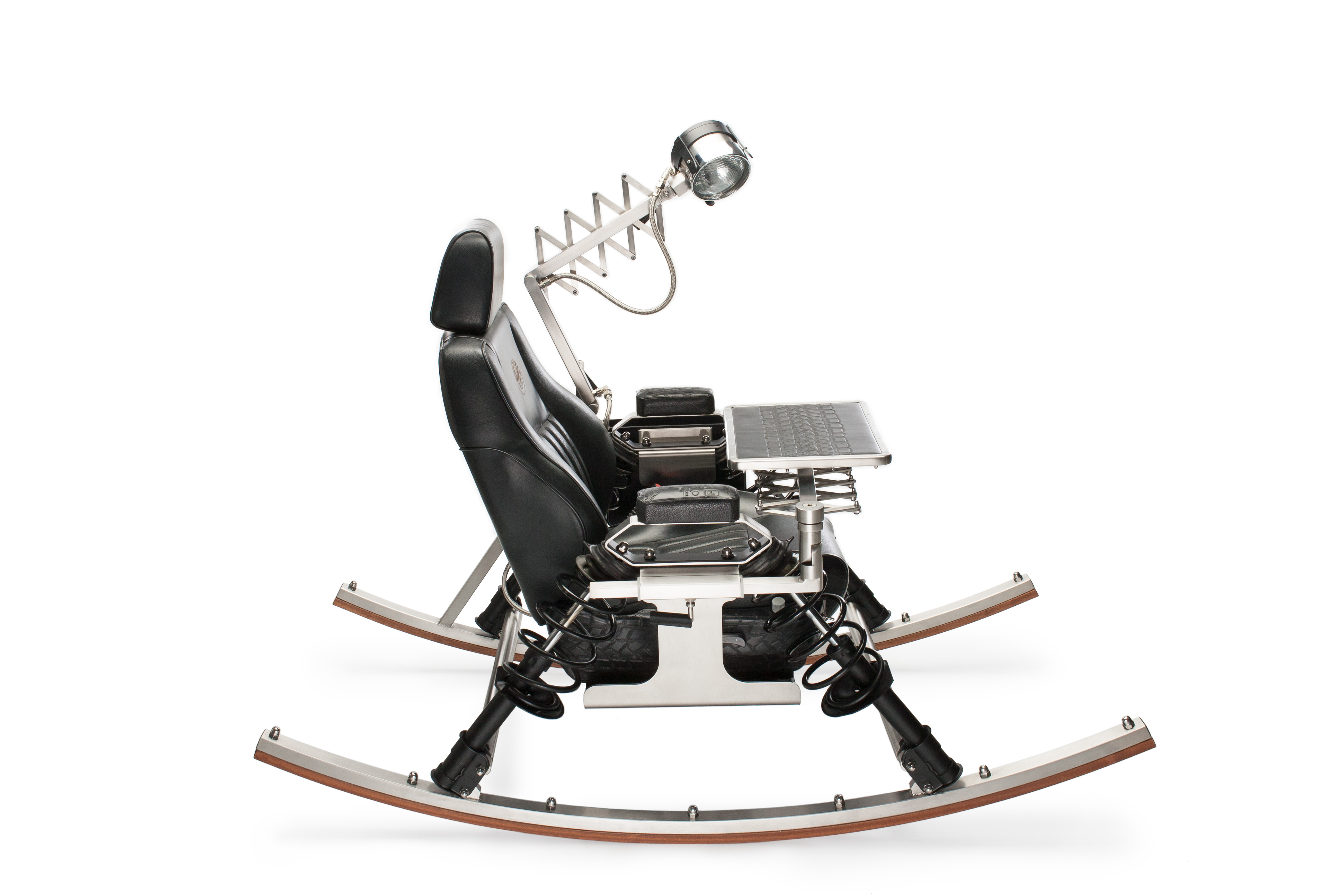
The ‘Dondolo’ chair
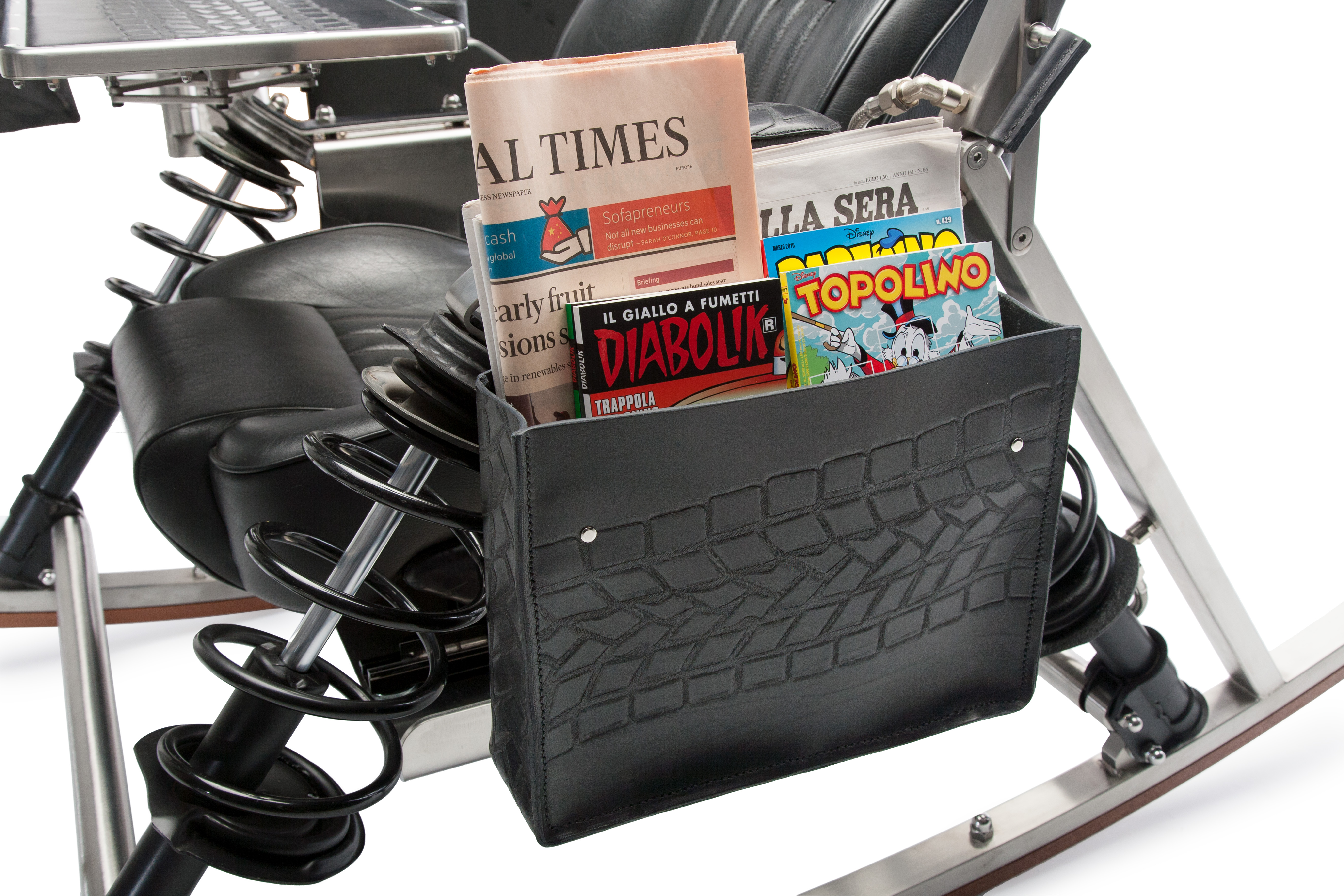
A close-up look at the ‘Dondolo’ chair
Wallpaper*: How did you develop an appreciation for sustainability?
Enrico Marone Cinzano: I got involved in an art project 20 years ago in which we turned old jerseys into T-shirts. The plan was to produce 200 but many more orders came in and so it became a company that lasted seven years. I really got into sustainability because we were using recycled material and natural dyes. When you delve deep, it opens up a portal and it’s hard to shake. Even though my partners and I had folded Project Alabama, I kept the resourceful mindset we had fostered and became quite self-sufficient; creating my own clothes and even a few furniture pieces out of natural and discarded elements I found around me.
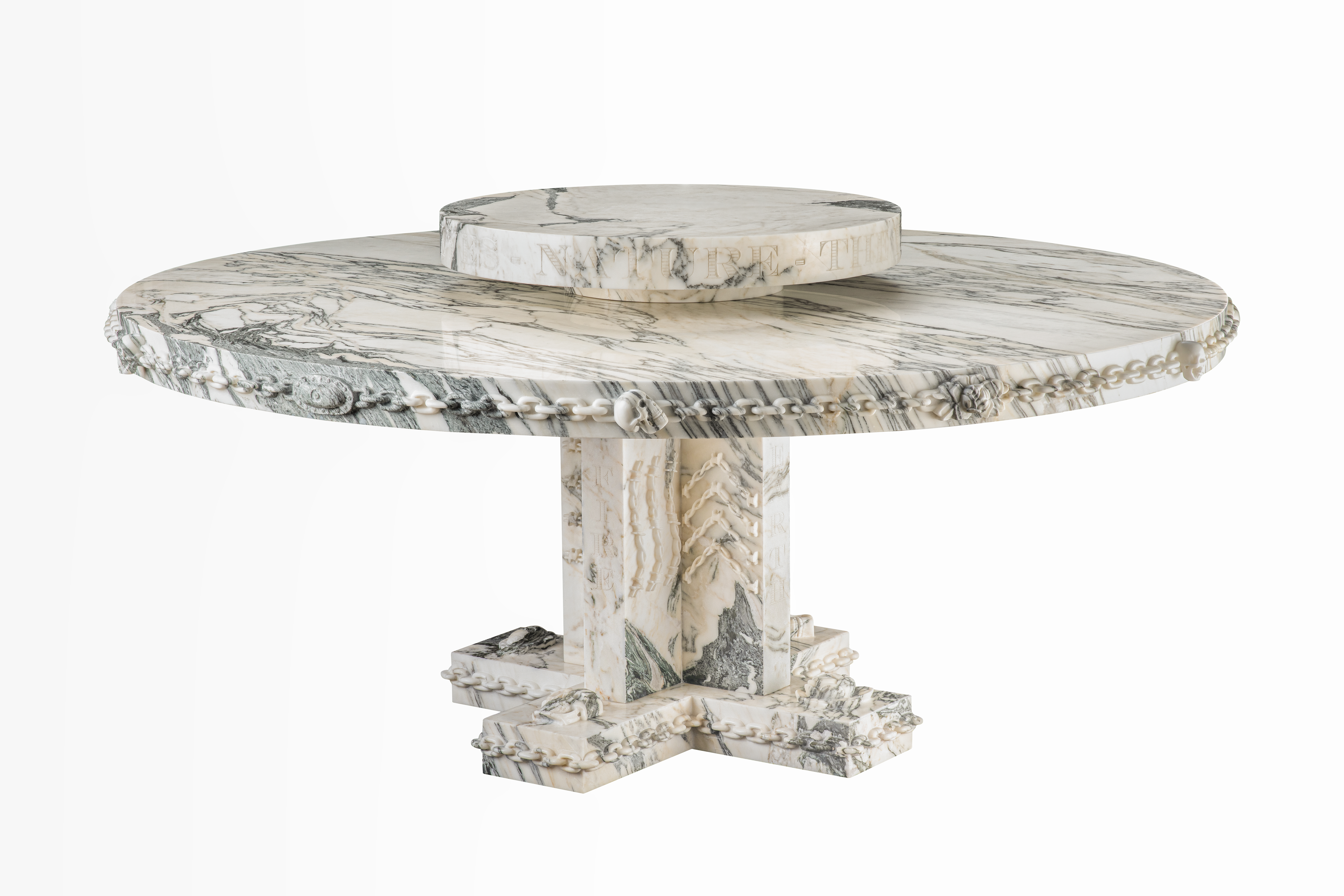
The Marmo table made from hand carved Carrara marble
W*: Talk more about how you transitioned in making furniture.
EMC: I started showing the work to people I knew and eventually started collaborating with a gallery in China that stipulated that I produce everything there. At the time, sustainability wasn’t a big thing in China yet. It was a learning process and I made mistakes along the way.
With time, I found out about Friedman Benda and how the gallery’s co-founder and principal Marc Benda really nurtured his artists rather than only being concerned with the commercial side of things. I reached out to him and he gave me good advice and told me to come back with more ideas. We’ve worked together closely for the past six years and I’ve shown work a few times as part of group displays at fairs like Design Miami. During that time, I delved even further into sustainability and how it started to emerge as a topic even in the investment sector. I expanded my appreciation and understanding and came to the realisation: we live in such a chaotic world but nature seems to have all the answers.
Wallpaper* Newsletter
Receive our daily digest of inspiration, escapism and design stories from around the world direct to your inbox.

The ‘Piego’ chair in red Jasper and painted steel
W*: You’ve previously mentioned that you’re fascinated by the natural logic of the golden ratio. What are some other overarching qualities from nature that you are most drawn to?
EMC: I went through quite a tumultuous youth, pushing the metal to the pedal, and got to a point where it wasn’t working anymore. Going to India to train as a certified yoga instructor led me to Buddhism and other teachings but what I ultimately uncovered is that there’s order in nature. It’s scientific, whether it's physics or chemistry or biology, it's mathematical, it's ethical. Everything we’re looking for is right in front of us. This goes for aesthetics and function too. There are already shapes in nature that can serve a purpose, even as elements of furniture.
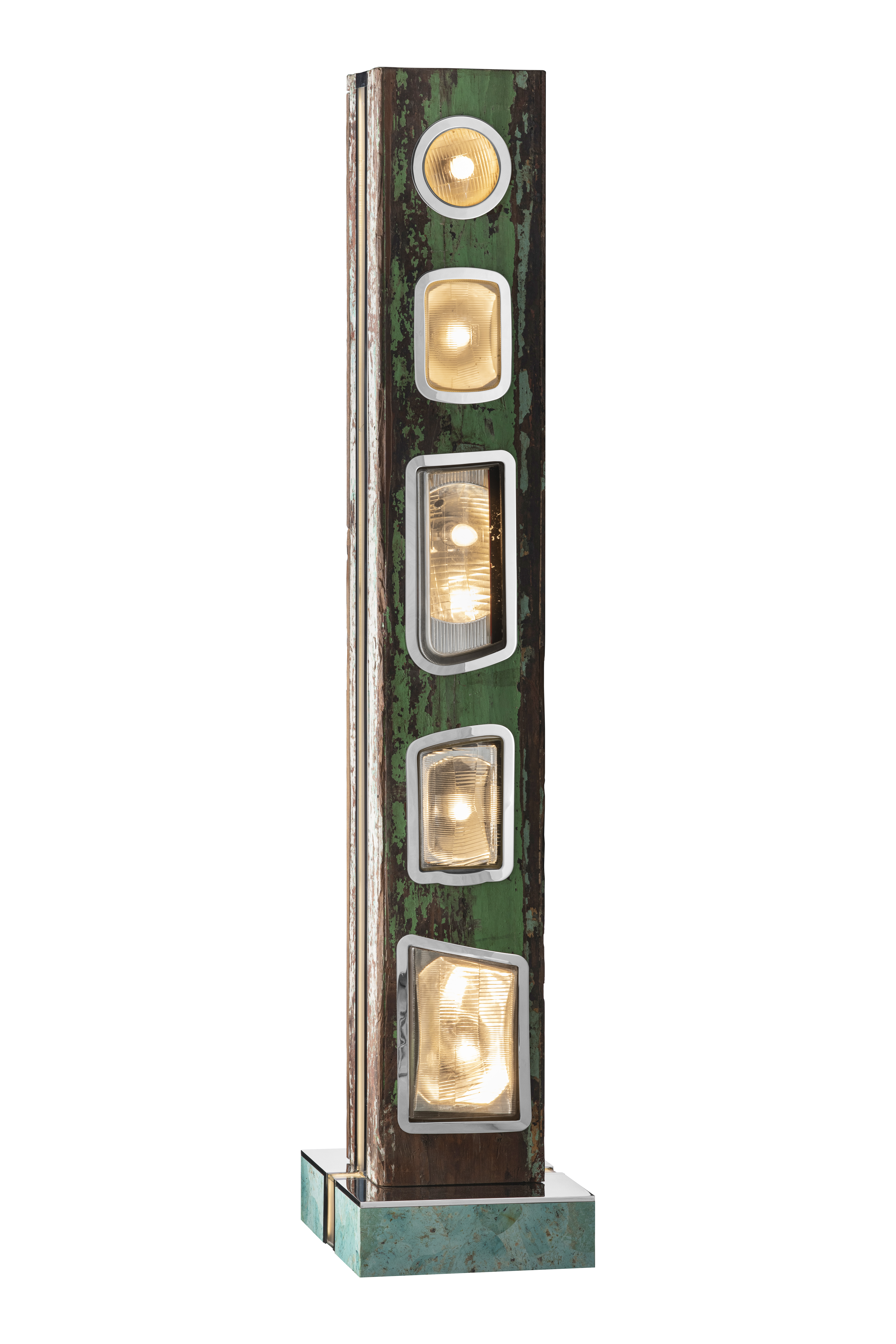
The ‘Verde’ light is crafted from reclaimed wood, recovered car headlights and finished in polished steel and turquoise stone
W*: What are some of the key highlights of the exhibition?
EMC: 'Obsessed with Nature’ will be my first solo show and it really embodies the full scope of what I’ve been developing for almost a decade. I pay close attention to the materials I use and the craft processes involved in their transformation. For several of the pieces – such as the ‘Piego’ chairs or the ‘Marmo’ table – I worked with stone off-cuts that already had the perfect forms. I interjected the roughness of the marble or agate within the compositions and juxtaposed these materials with extremely highly polished surfaces. With pieces like the standing ‘Verde’ lamp, there is this contrast between the roughness of nature – the reclaimed wood – and technology – recovered car lights.
friedmanbenda.com
enricomaronecinzano.com
Adrian Madlener is a Brussels-born, New York-based writer, curator, consultant, and artist. Over the past ten years, he’s held editorial positions at The Architect’s Newspaper, TLmag, and Frame magazine, while also contributing to publications such as Architectural Digest, Artnet News, Cultured, Domus, Dwell, Hypebeast, Galerie, and Metropolis. In 2023, He helped write the Vincenzo De Cotiis: Interiors monograph. With degrees from the Design Academy Eindhoven and Parsons School of Design, Adrian is particularly focused on topics that exemplify the best in craft-led experimentation and sustainability.
-
 All-In is the Paris-based label making full-force fashion for main character dressing
All-In is the Paris-based label making full-force fashion for main character dressingPart of our monthly Uprising series, Wallpaper* meets Benjamin Barron and Bror August Vestbø of All-In, the LVMH Prize-nominated label which bases its collections on a riotous cast of characters – real and imagined
By Orla Brennan
-
 Maserati joins forces with Giorgetti for a turbo-charged relationship
Maserati joins forces with Giorgetti for a turbo-charged relationshipAnnouncing their marriage during Milan Design Week, the brands unveiled a collection, a car and a long term commitment
By Hugo Macdonald
-
 Through an innovative new training program, Poltrona Frau aims to safeguard Italian craft
Through an innovative new training program, Poltrona Frau aims to safeguard Italian craftThe heritage furniture manufacturer is training a new generation of leather artisans
By Cristina Kiran Piotti
-
 Designer Danny Kaplan’s Manhattan showroom is also his apartment: the live-work space reimagined
Designer Danny Kaplan’s Manhattan showroom is also his apartment: the live-work space reimaginedDanny Kaplan’s Manhattan apartment is an extension of his new showroom, itself laid out like a home; he invites us in, including a first look at his private quarters
By Diana Budds
-
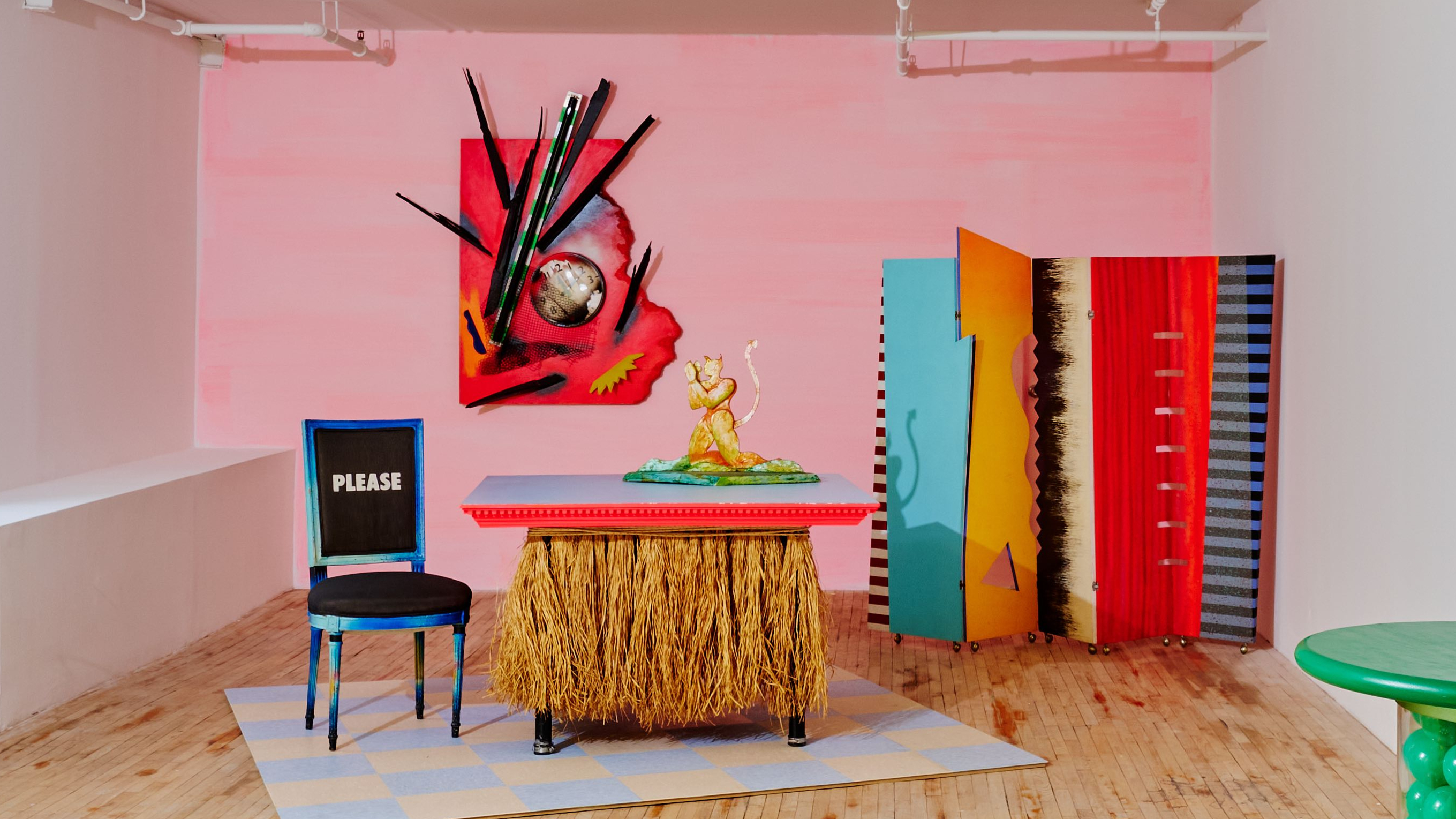 New Superhouse show captures the rebellious spirit of Dan Friedman’s Manhattan apartment
New Superhouse show captures the rebellious spirit of Dan Friedman’s Manhattan apartmentIn the late 1970s, graphic designer and artist Dan Friedman transformed his apartment into a Day-Glo laboratory of ideas. Now, a new exhibition at Superhouse in New York revisits his vibrant, rebellious world
By Ali Morris
-
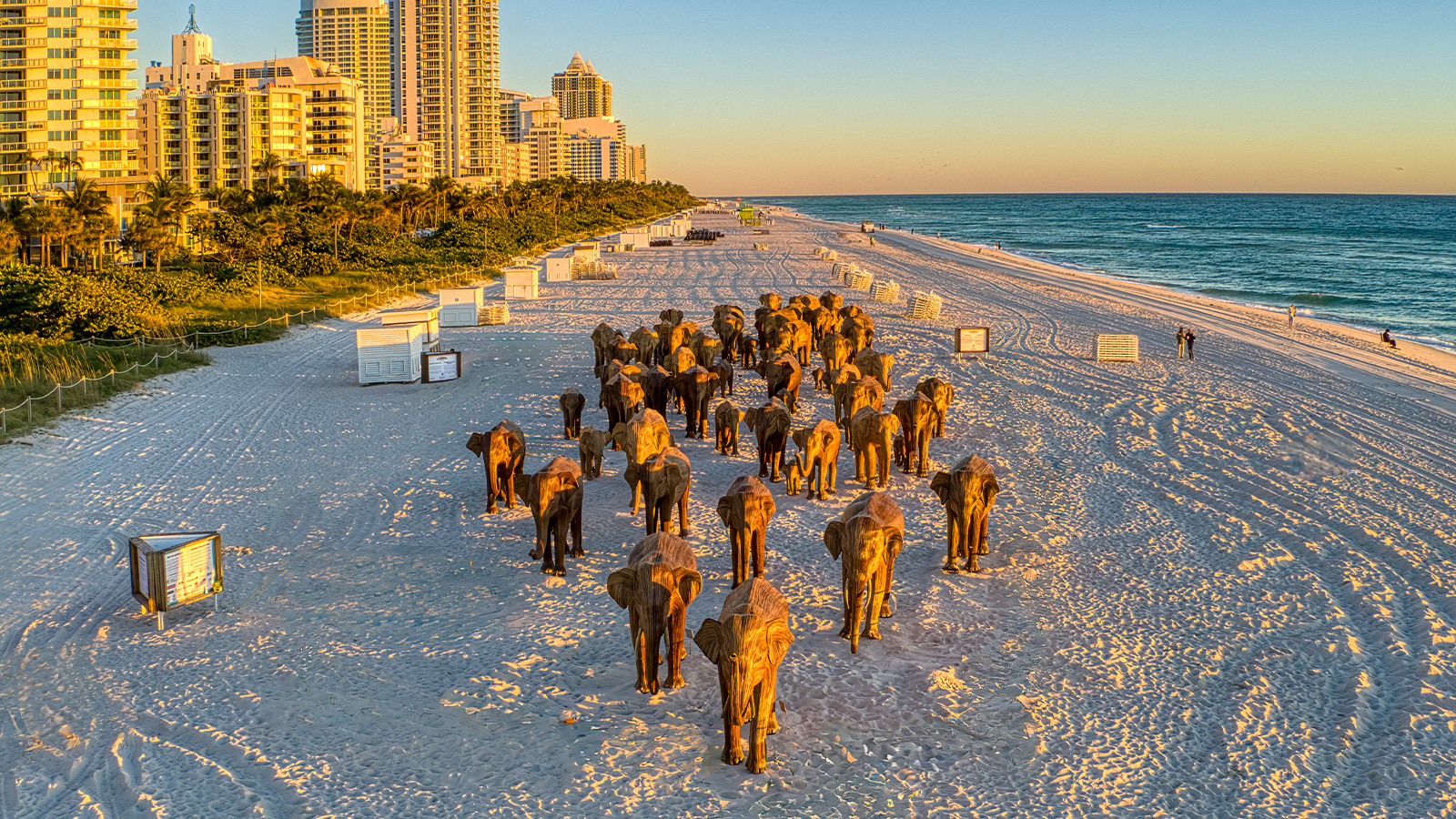 From migrating elephants to a divisive Jaguar, was this the best Design Miami yet?
From migrating elephants to a divisive Jaguar, was this the best Design Miami yet?Here's our Design Miami 2024 review – discover the best of everything that happened at the fair as it took over the city this December
By Henrietta Thompson
-
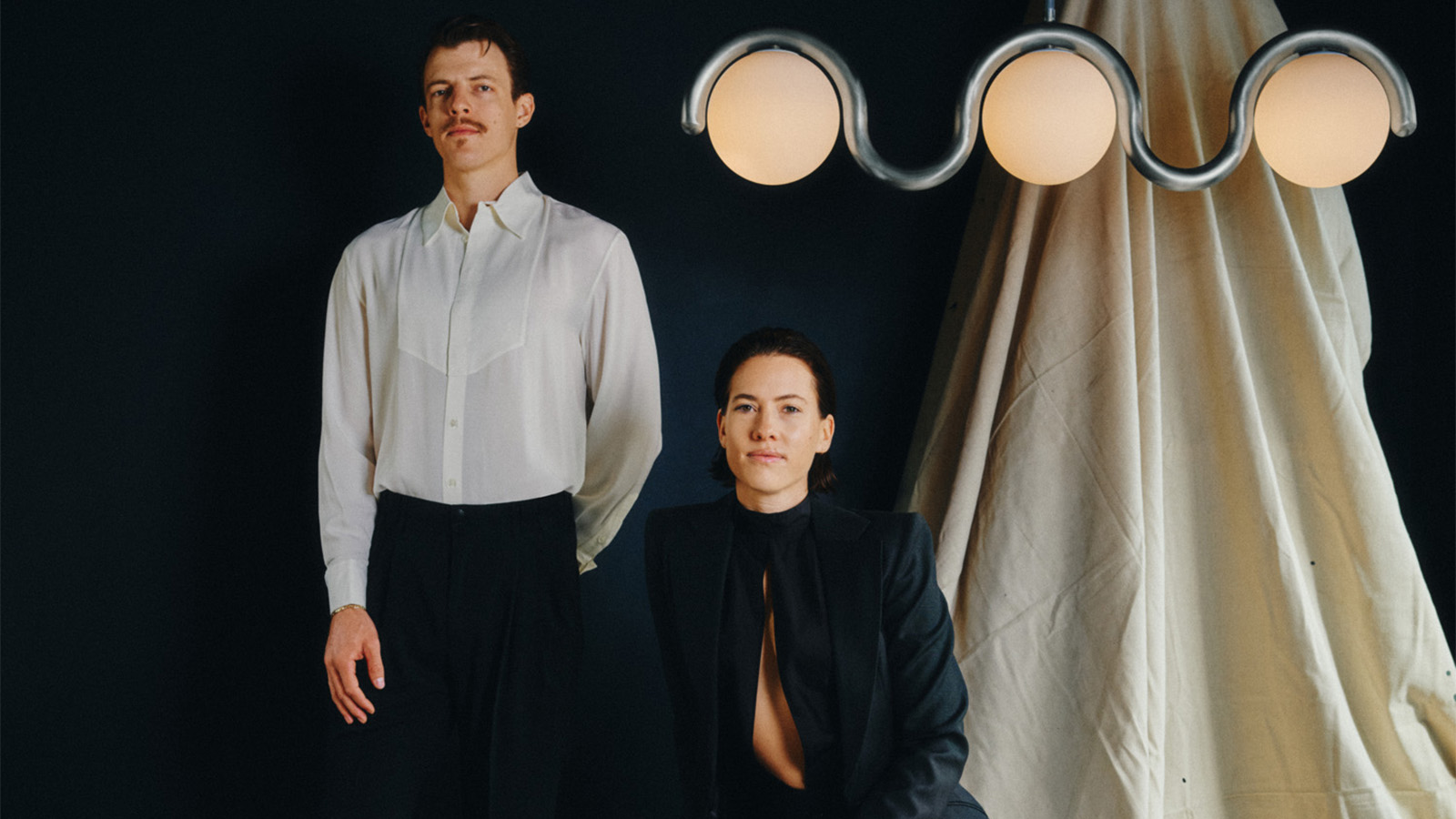 Design practice Astraeus Clarke is inspired by cinema to tell a story and evoke an emotion
Design practice Astraeus Clarke is inspired by cinema to tell a story and evoke an emotionIn a rapidly changing world, the route designers take to discover their calling is increasingly circuitous. Here we speak to Chelsie and Jacob Starley the creative duo behind Astraeus Clarke
By Hugo Macdonald
-
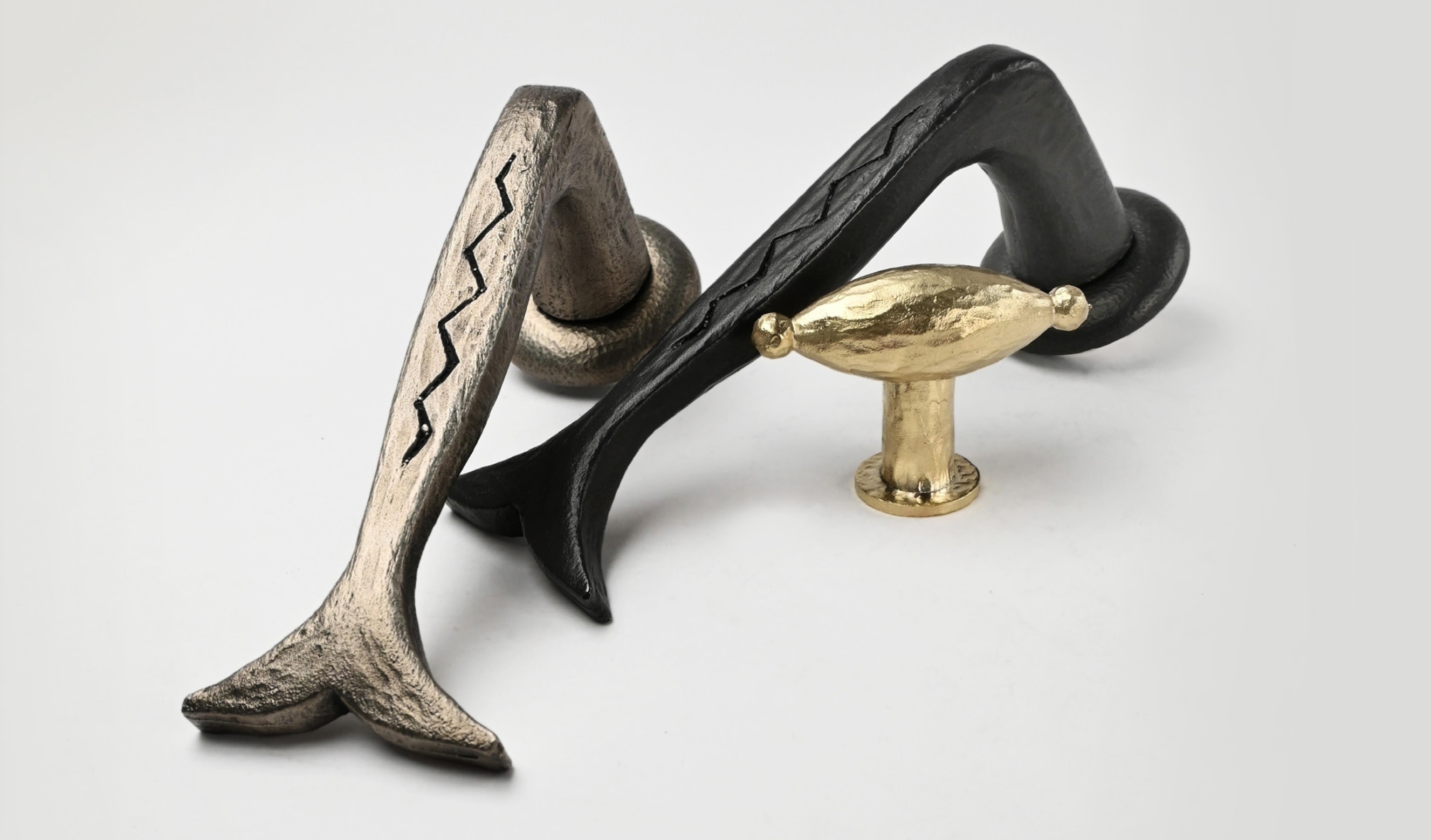 California cool: Studio Shamshiri debuts handmade door handles and pulls
California cool: Studio Shamshiri debuts handmade door handles and pullsLos Angeles interior design firm Studio Shamshiri channels the spirit of the Californian landscape into its handcrafted hardware collections. Founder Pamela Shamshiri shares the inspiration behind the designs
By Ali Morris
-
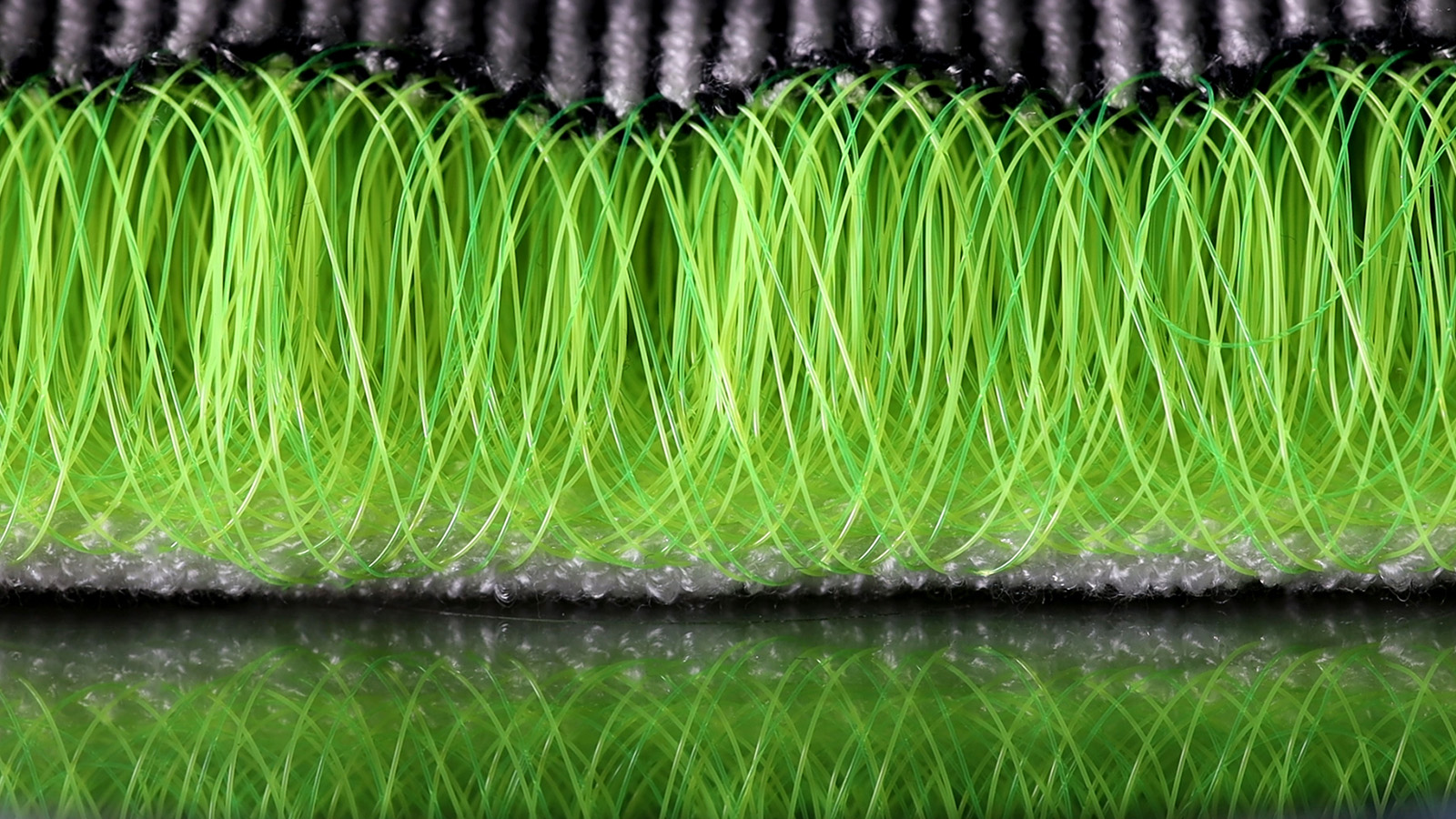 Is Emeco's 'No Foam KNIT' a sustainable answer to synthetic upholstery textiles?
Is Emeco's 'No Foam KNIT' a sustainable answer to synthetic upholstery textiles?'Make more with less' is Emeco's guiding light. Now, the US furniture maker's new mono-material textile, the 'No Foam KNIT', may offer a sustainable solution to upholstery materials
By Ali Morris
-
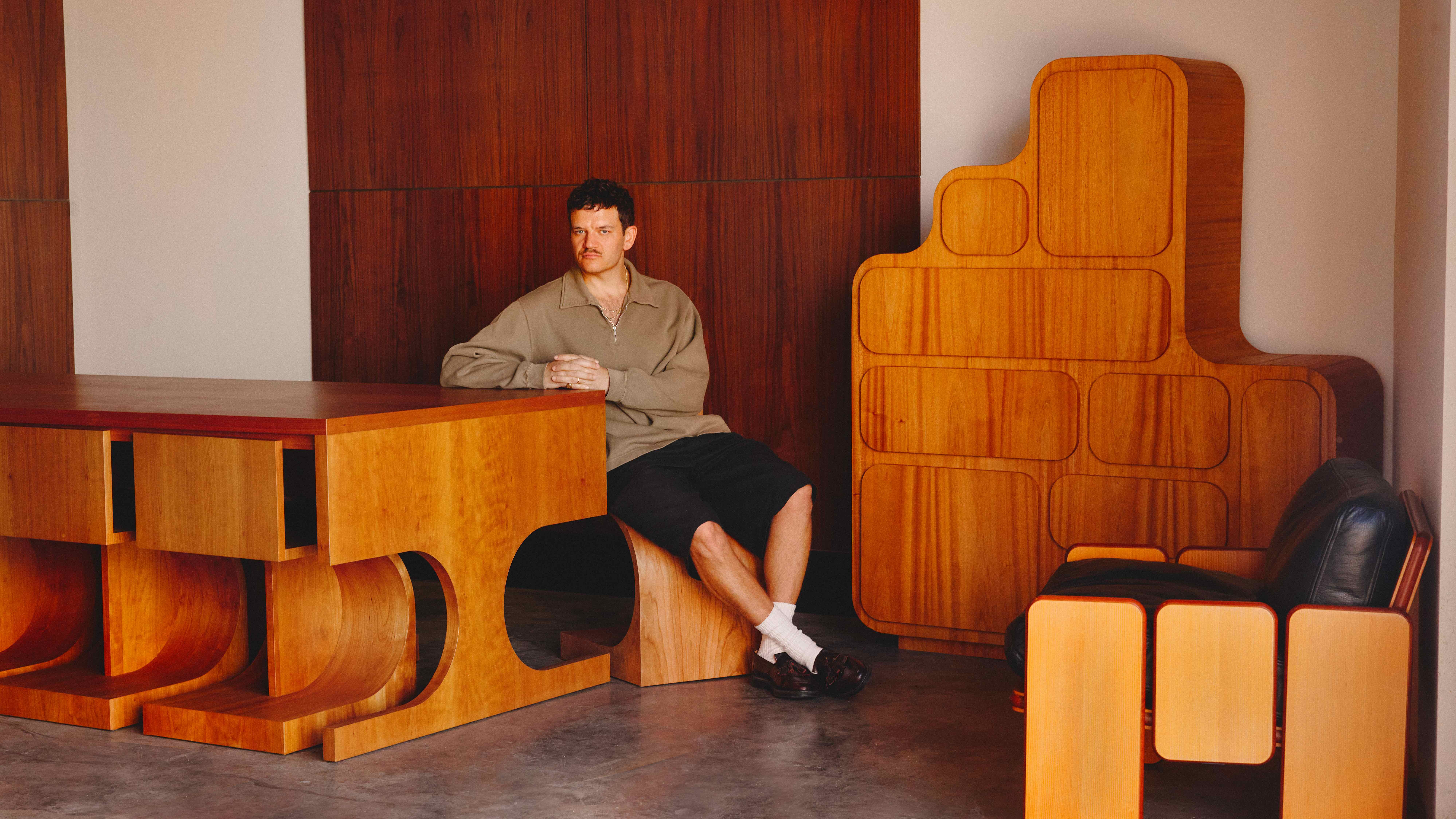 Smooth operator: Willett debuts new furniture at Design Miami 2024, with a playful touch of retro allure
Smooth operator: Willett debuts new furniture at Design Miami 2024, with a playful touch of retro allureLA furniture designer Willett turned heads in the design world with the launch of his eponymous brand earlier this year. Ahead of his Design Miami debut, he told us what’s in store for 2025
By Ali Morris
-
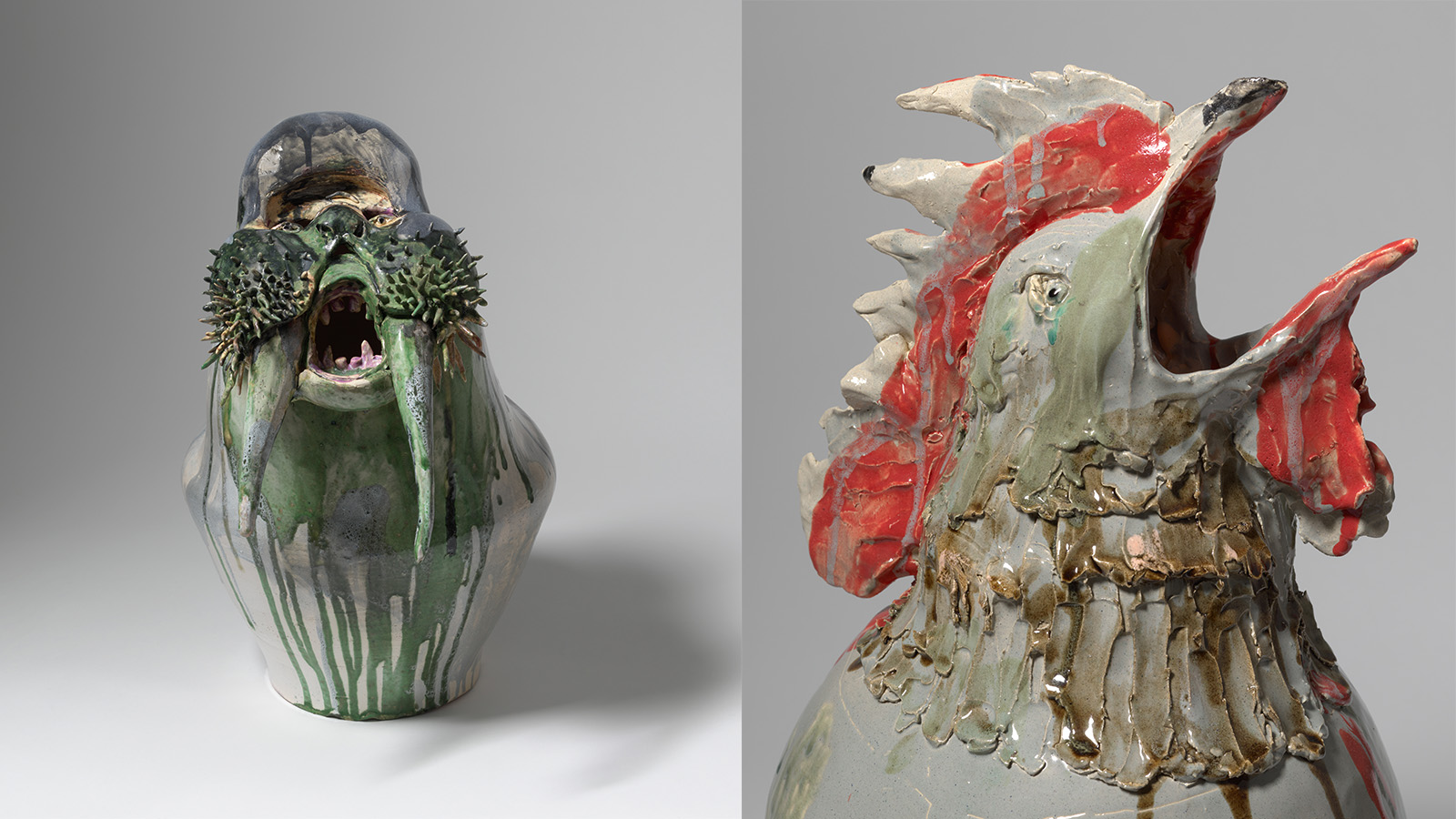 Hella Jongerius’ ‘Angry Animals’ take a humorous and poignant bite out of the climate crisis
Hella Jongerius’ ‘Angry Animals’ take a humorous and poignant bite out of the climate crisisAt Salon 94 Design in New York, Hella Jongerius presents animal ceramics, ‘Bead Tables’ and experimental ‘Textile Studies’ – three series that challenge traditional ideas about function, craft, and narrative
By Ali Morris